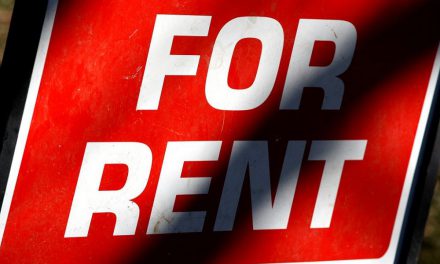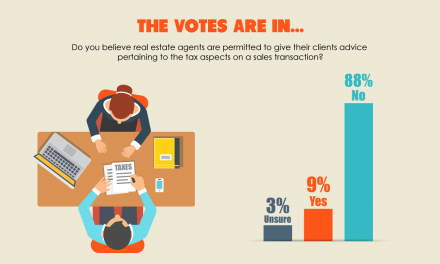As job losses pile on and home sales slow, it’s becoming clear that California real estate professionals have a front row seat to the 2020 recession.
31% fewer home sales occurred in April 2020 compared to the same month a year earlier, translating to a significant drop of 12,000 fewer sales. At the same time, mortgage forbearance rates are rising rapidly and fewer renters are able to make rent every month the pandemic response continues.
However, record-low interest rates have encouraged many homebuyers to make their move, despite unstable economic conditions. Low interest rates have also increased buyer purchasing power, enabling homebuyers to qualify for higher principals with the same mortgage payments.
Further, while homebuyer demand is falling, it’s not falling as quickly as inventory, which is down in California 23% from a year earlier as of March 2020. Nationally, in the first week of May, inventory was down 24% from the same week a year earlier, according to Redfin.
Therefore, the supply-and-demand imbalance remains in sellers’ favor; and together, these factors have boosted home prices.
Related article:
Prices are untethered
In a normal (read: healthy) housing market, home price movement tends to follow home sales volume movement within approximately 12 months. For example, fewer home sales usually means homes are sitting longer on the market due to decreased homebuyer demand. Many sellers are willing to wait and see if they can get their asking price further down the road, leading to sticky pricing. But eventually, sellers begrudgingly reduce their asking prices or settle for lower offers and prices trend down.
In California, home sales volume has decreased slightly — but consistently — since 2018. But home prices have continued to increase over time, running roughly with the rate of inflation.
Why have home prices continued to rise? Because the recent slowdown in home sales volume is not indicative of lower demand. Rather, California’s home sales volume has slowed mainly due to a lack of inventory, which can be boiled down to insufficient residential construction during this past decade.
Thus far in 2020, the situation is the same, but amplified.
For-sale inventory has plummeted, as has home sales volume. But so far, home prices remain elevated. Will they continue to rise, even in the face of a continued sales volume decrease and a spiraling economy?
The good news is, home prices aren’t expected to fall like they did during the 2008 recession. 2020’s record-low interest rates will continue to prop up buyer purchasing power, allowing homebuyers to continue to meet sellers’ demands. Thus, it’s more likely prices will flatten or see a slight decline, weighed down by the 2020 recession.
Further, if interest rates fall even further—possible if the Federal Reserve (the Fed) chooses to “go negative” — the overall trend for prices may even continue to rise slightly in the lean months ahead.
One thing’s for certain: housing market fundamentals remain up in the air in 2020, as homebuyers and sellers act during this singular time — or don’t.
Related article:
















The market should remain strong because this “recession” should be the shortest one on record as the economy comes roaring back post-Covid.